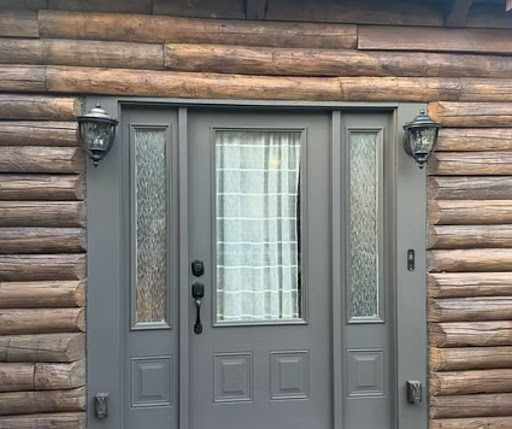
There’s something timeless about a log cabin. Whether nestled in the woods or perched on a mountain, these rustic homes blend natural beauty with cozy comfort. But over time, even the sturdiest log cabins need a little TLC. Weather exposure, moisture, insects, and time can take a toll on the logs that form the backbone of your home. Fortunately, log repair doesn’t have to be overwhelming. With the right techniques—such as proper log cabin caulking and a solid understanding of the process, you can restore your log cabin and maintain it strong and beautiful for years to come. This guide dives into the crucial log repair strategies every log cabin owner should know. From identifying early signs of damage to mastering the basics of log replacement and protection, this blog will equip you with the knowledge to confidently handle repairs and prevent future issues.
Understanding Why Log Damage Happens in the First Place
Before you begin fixing anything, it’s critical to recognize what reasons log damage. The most commonplace culprits are moisture, daylight, and bugs. Logs clearly increase and contract as seasons exchange, but when water is permitted to seep into the wood—frequently from rain splashback or roof runoff—it could result in rot, mildew, and mildew. Once moisture is trapped, it creates the perfect environment for decay fungi, mainly if the logs aren’t sealed well.
Sunlight reasons its personal harm thru UV rays, which wreck down the surface fibers of wood and result in fading and surface checking. Insects consisting of chippie ants, beetles, and termites also pose a severe risk. They’re drawn to wet, untreated wooden, and after they begin tunneling in, the structural integrity of the logs can fast be compromised.
By know-how those threats, you may take proactive steps to identify them early and observe the proper restore technique earlier than a small trouble turns into a major one.
Spotting the Signs That Your Logs Need Repair
Many log cabin owners miss the early signs of damage certainly because they don’t know what to search for. Cracks in logs, called exams, are typically herbal and harmless. However, while those cracks deepen or are accompanied by tender wooden, musty smells, or seen mold, it’s time to take action.
Discoloration can imply water damage or mold increase, specifically if it appears as darkish patches or streaks. Bubbling or peeling finishes advise moisture underneath the floor. If you tap on a log and listen a hole sound, or if the timber feels spongy, you’re in all likelihood dealing with rot.
Insect pastime is every other sign to observe for. Fine sawdust round logs, small holes, or the presence of bugs near the wood might also all sign an infestation. Early detection is essential, so normal inspections—especially after heavy rains or seasonal adjustments—are key to maintaining your cabin.
Removing and Replacing Rotten Log Sections Properly
When rot units right into a log, the pleasant solution is often elimination and substitute. This system entails slicing out the broken portion of the log and replacing it with a new, dealt with phase. Precision is important right here. The damaged phase ought to be eliminated cleanly, and the substitute log should match in size, kind, and form to ensure a snug in shape and preserve the cabin’s appearance and structure.
Once the damaged log is cut out, the encompassing place have to be wiped clean and prepped. Any signs of fungus or moisture ought to be absolutely eliminated earlier than the new log is hooked up. The alternative log is usually treated with preservatives to defend in opposition to future rot and bugs. It’s secured in vicinity the usage of production adhesive, log screws, or a aggregate of each. After the new log is set, sealing the joints and applying a end guarantees long-lasting safety.
Dealing with Surface Checks and Cracks the Right Way
Surface checks are not unusual in log houses and arise naturally as logs dry and decrease. Most of these cracks don’t have an effect on structural integrity, but after they become too deep or wide, they can accumulate water and particles, ultimately leading to inner rot.
To fix surface exams, the key is proper sealing. A incredible log caulk or chinking cloth can be used to fill in the cracks. The intention is to save you water from getting inner at the same time as nevertheless allowing the wooden to respire. Before applying any sealant, the crack have to be cleaned thoroughly, and the surrounding surface have to be dry and dirt-loose.
It’s additionally important to pick the proper form of filler. Some materials expand and settlement with the log, which enables maintain a tight seal as temperatures and humidity trade. Applying a finish or stain over the sealed crack helps blend it with the encompassing wooden and provides additional protection.
Protecting Your Logs After Repair with Proper Finishing
After maintenance are whole, the subsequent important step is completing the timber. This protects the logs from UV rays, moisture, and bugs. A extremely good stain or sealant designed particularly for log homes is your fine protection. These merchandise penetrate the wooden and create a defensive barrier that allows face up to water, block sunlight, and preserve insects at bay.
Staining ought to be completed on clean, dry timber, preferably at some point of slight weather conditions. Two or extra coats can be important relying on the product and circumstance of the logs. Clear sealants also can be used to preserve the herbal look of the wood, but pigmented stains offer higher UV safety.
Maintenance doesn’t stop with one software. Regular inspections and reapplications each few years will maintain your cabin searching top notch and protected from the factors. Keep an eye out for symptoms of fading, cracking, or water absorption, which imply it’s time to refinish.
Managing Insect Infestations and Preventing Future Damage
Insect infestations may be devastating to log structures. Once insects make their domestic inner a log, they are able to hollow it out quickly. The quality manner to handle an infestation is to act rapidly. Insecticidal treatments are to be had for each immediately elimination and long-term prevention. These can be implemented to individual logs or across the entire structure depending at the severity of the problem.
For prevention, regular cleansing around the base of the cabin allows. Avoid storing firewood or natural particles near the muse, because it draws bugs. Treating your logs yearly with a borate-based totally answer is every other smart preventive step. Borate penetrates the wooden and creates a barrier that repels insects without changing the advent of the logs.
You have to additionally seal all entry points around home windows, doorways, and joints to lessen the hazard of insects finding their way inner. Keeping your cabin dry and nicely-ventilated discourages each rot and infestations.
Preserving Structural Integrity During Major Repairs
If your log cabin has giant damage or settling, it’s essential to technique repairs with the overall shape in thoughts. Logs play a vital role in helping the home, so careless restore or elimination can cause instability. In instances where large sections of logs or entire corners need restore, it may be important to aid the load of the house with brief jacks or bracing whilst the damaged logs are changed.
This form of restore regularly includes matching logs from the same species, properly seasoning them, and thoroughly notching or dovetailing them to combine with the existing shape. Structural upkeep should continually be double-checked for levelness and load distribution to save you uneven settling or warping over time.
In excessive instances where numerous logs have rotted or insect harm has long past left out for years, you could need to discuss with a expert who makes a speciality of structural restoration. While DIY strategies work well for small to slight repairs, the steadiness of your property should never be compromised.
Creating a Maintenance Routine to Avoid Future Repairs
The pleasant manner to limit log repair needs in the future is to enforce a consistent maintenance habitual. Simple tasks like retaining gutters easy, directing water far from the foundation, trimming returned overhanging branches, and regularly inspecting the logs for changes can save you many common troubles.
Once a year, conduct a complete log inspection. Look for symptoms of rot, insect interest, or finish deterioration. Wash the exterior with a mild timber cleaner to remove dirt, mould, and pollen. After cleansing, look into for any open tests or gaps in sealant and reapply as needed.
Keeping up with small responsibilities like sealing, staining, and re-caulking now not simplest prevents huge maintenance but additionally continues your log cabin looking stunning and welcoming. Think of it as seasonal take care of a structure that rewards you with warmth, allure, and natural beauty.
Conclusion:
Log cabin repair isn’t just about fixing what’s damaged—it’s about preserving the character, charm, and strength of your home. Whether you’re dealing with rot, cracks, insect damage, or fading finishes, the right strategies and a proactive approach can make all the difference. Understanding the causes of damage, knowing when and how to replace logs, and committing to regular maintenance will help your cabin stand strong for generations. And as you protect the exterior, don’t overlook the interior design of log cabins A well-maintained structure provides the perfect foundation for cozy, rustic interiors that reflect the warmth and personality of cabin living. By taking time to learn these essential repair techniques and applying them with care, you ensure that your log cabin remains more than just a structure—it becomes an enduring legacy, rooted in craftsmanship and surrounded by nature’s beauty.
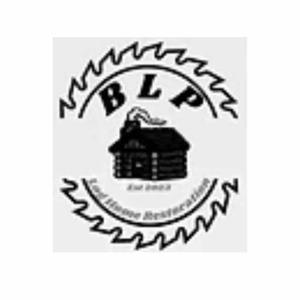
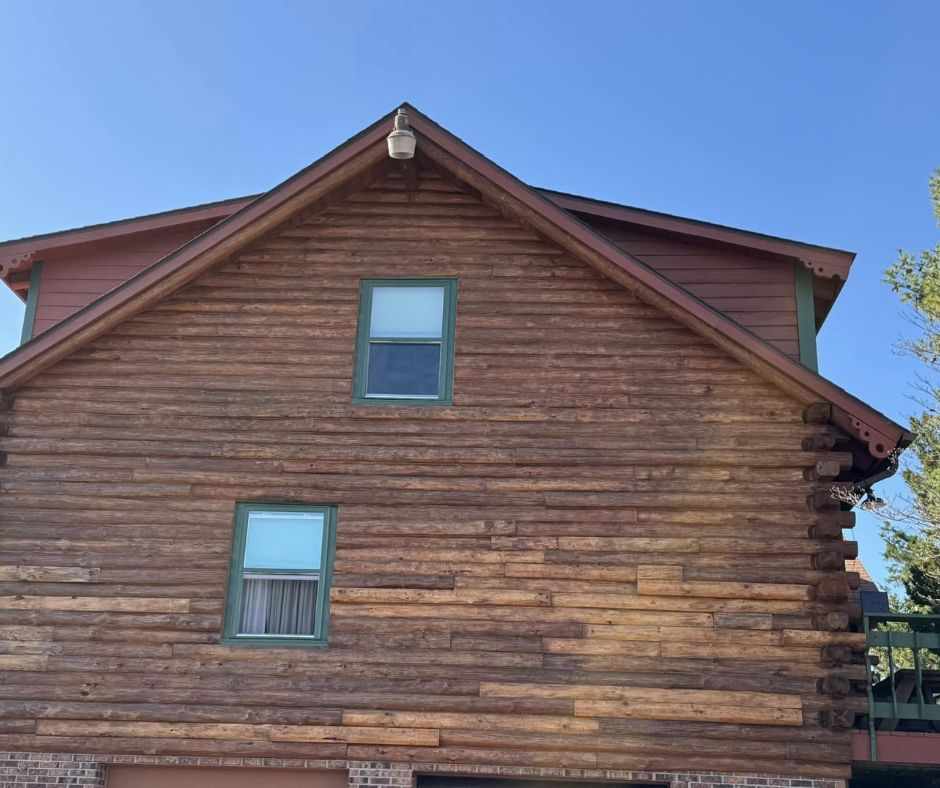
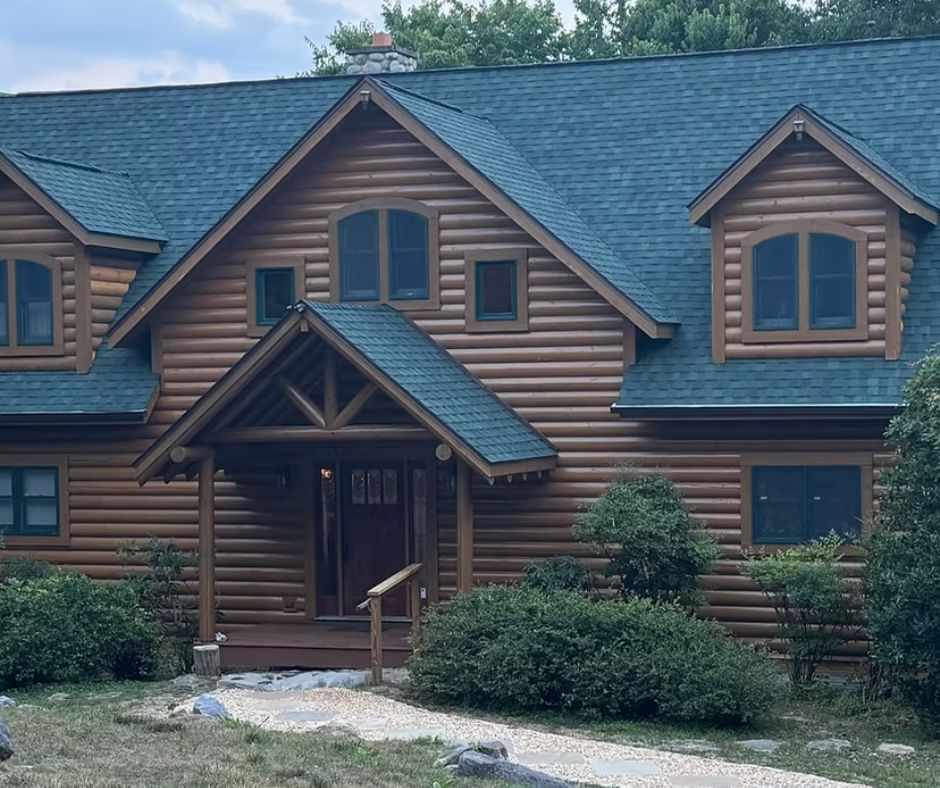

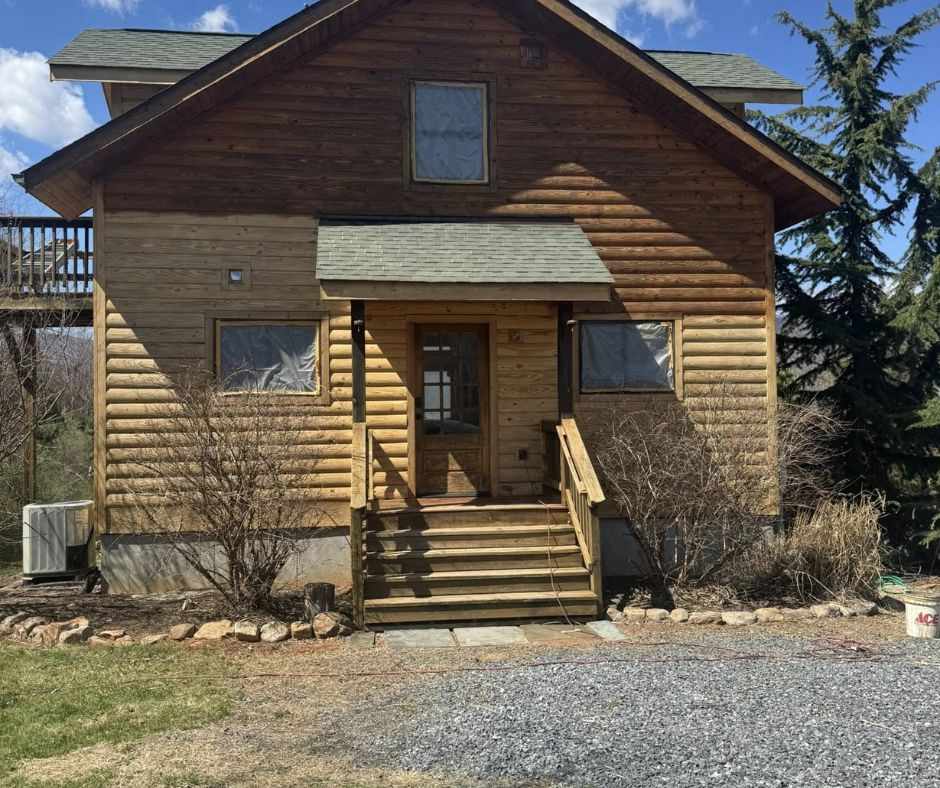
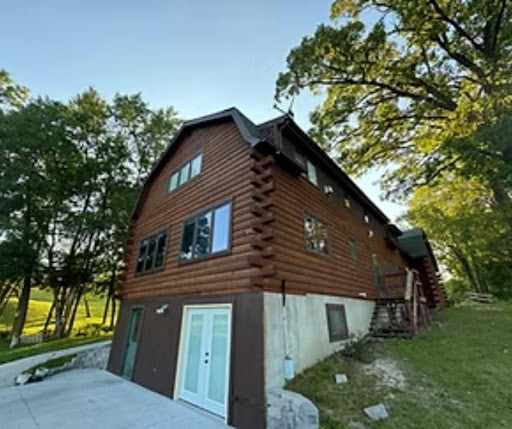
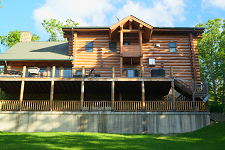
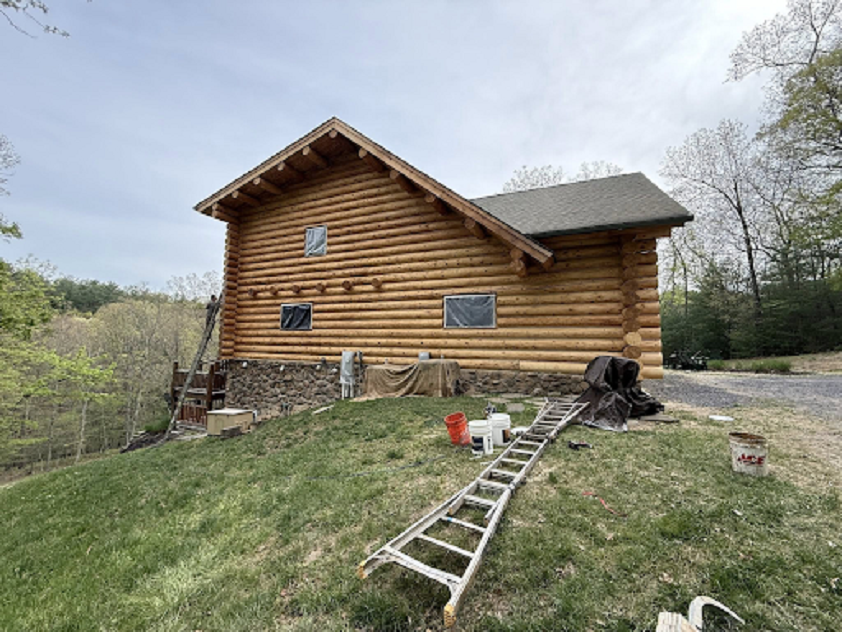
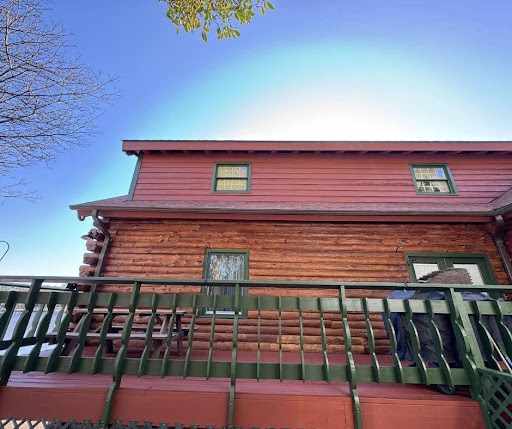

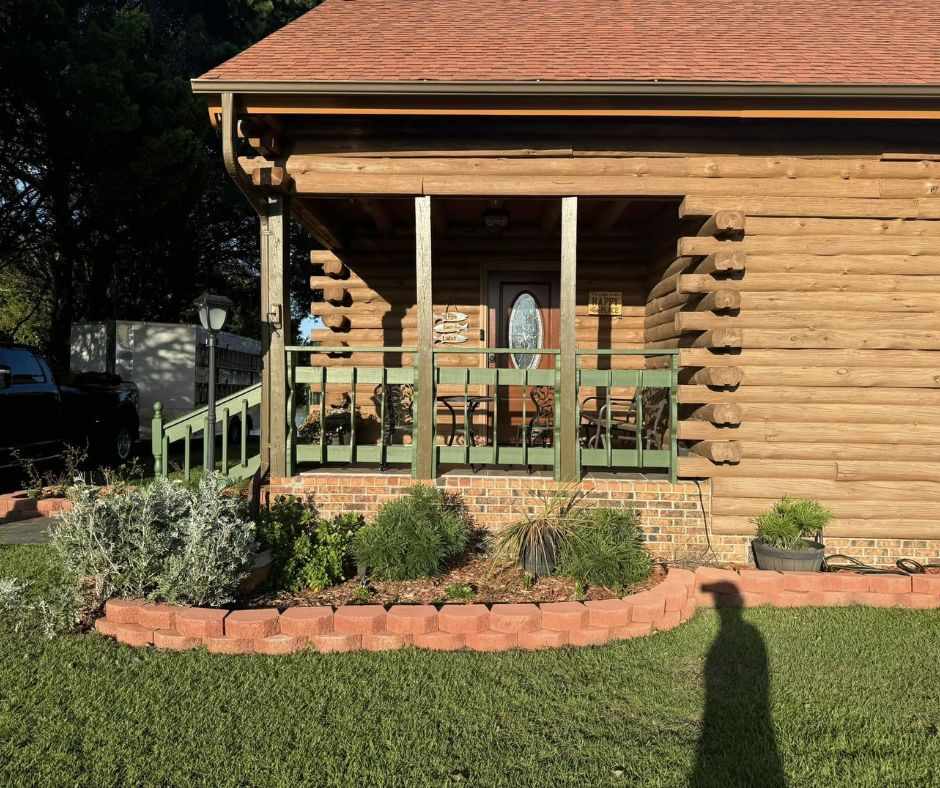


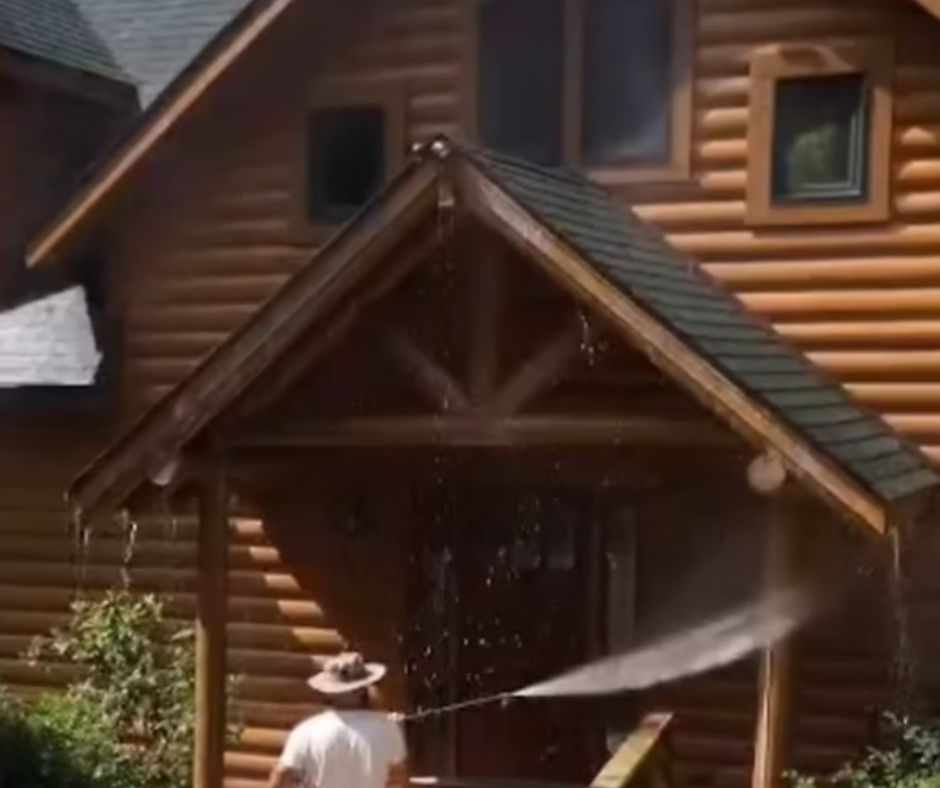
Write a comment ...